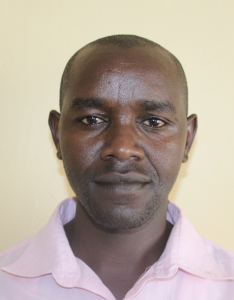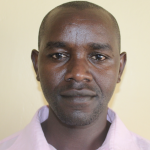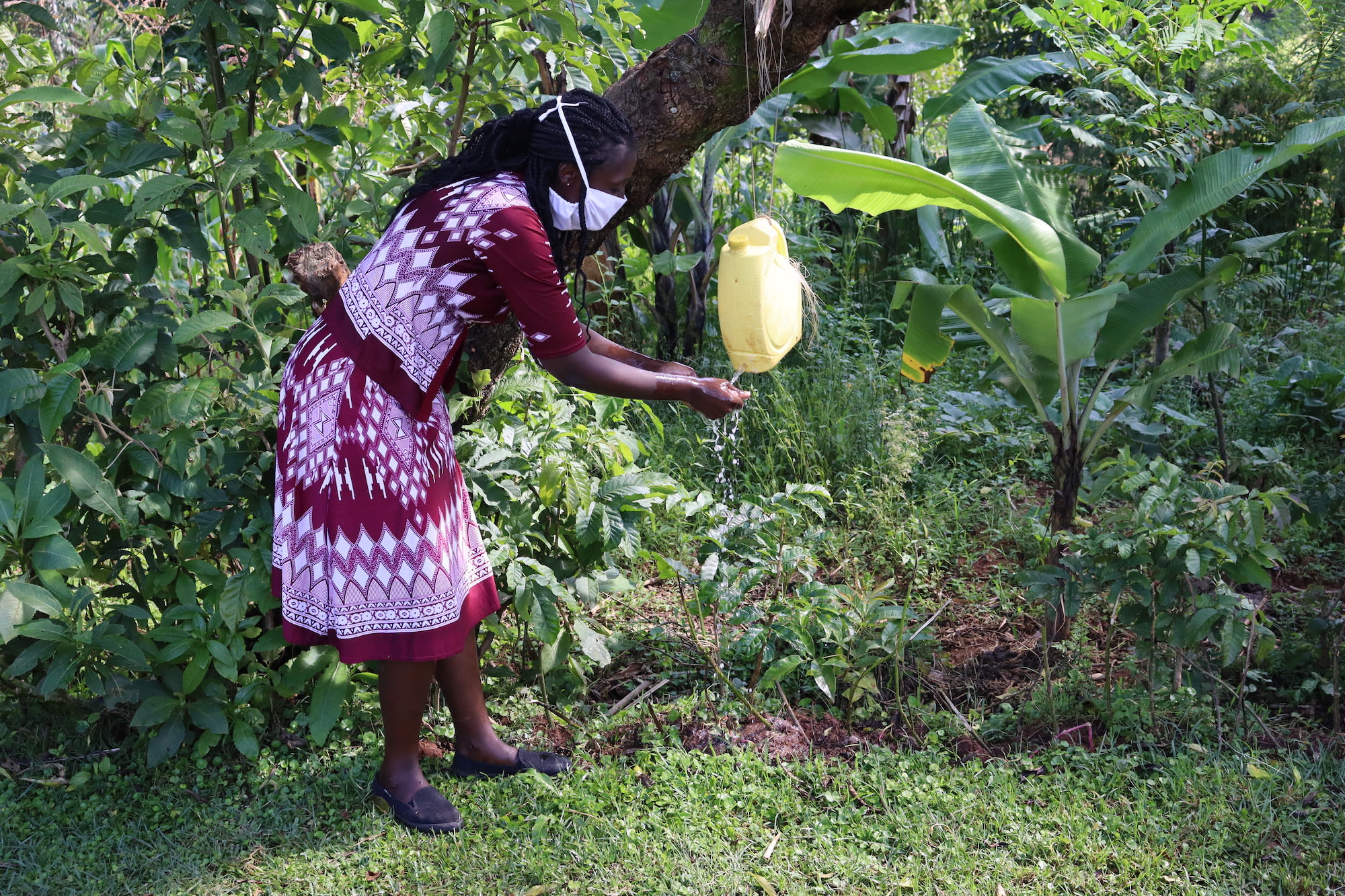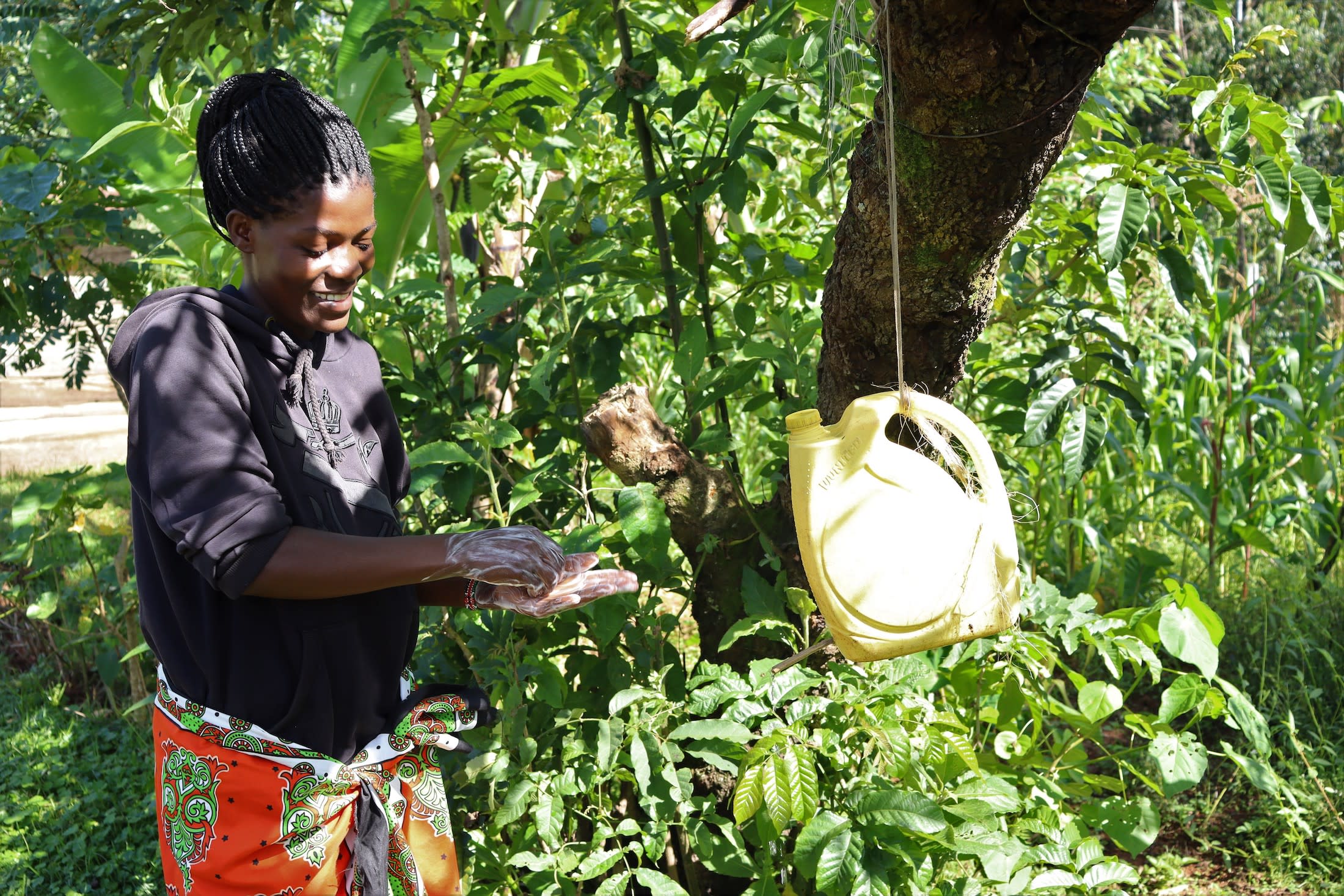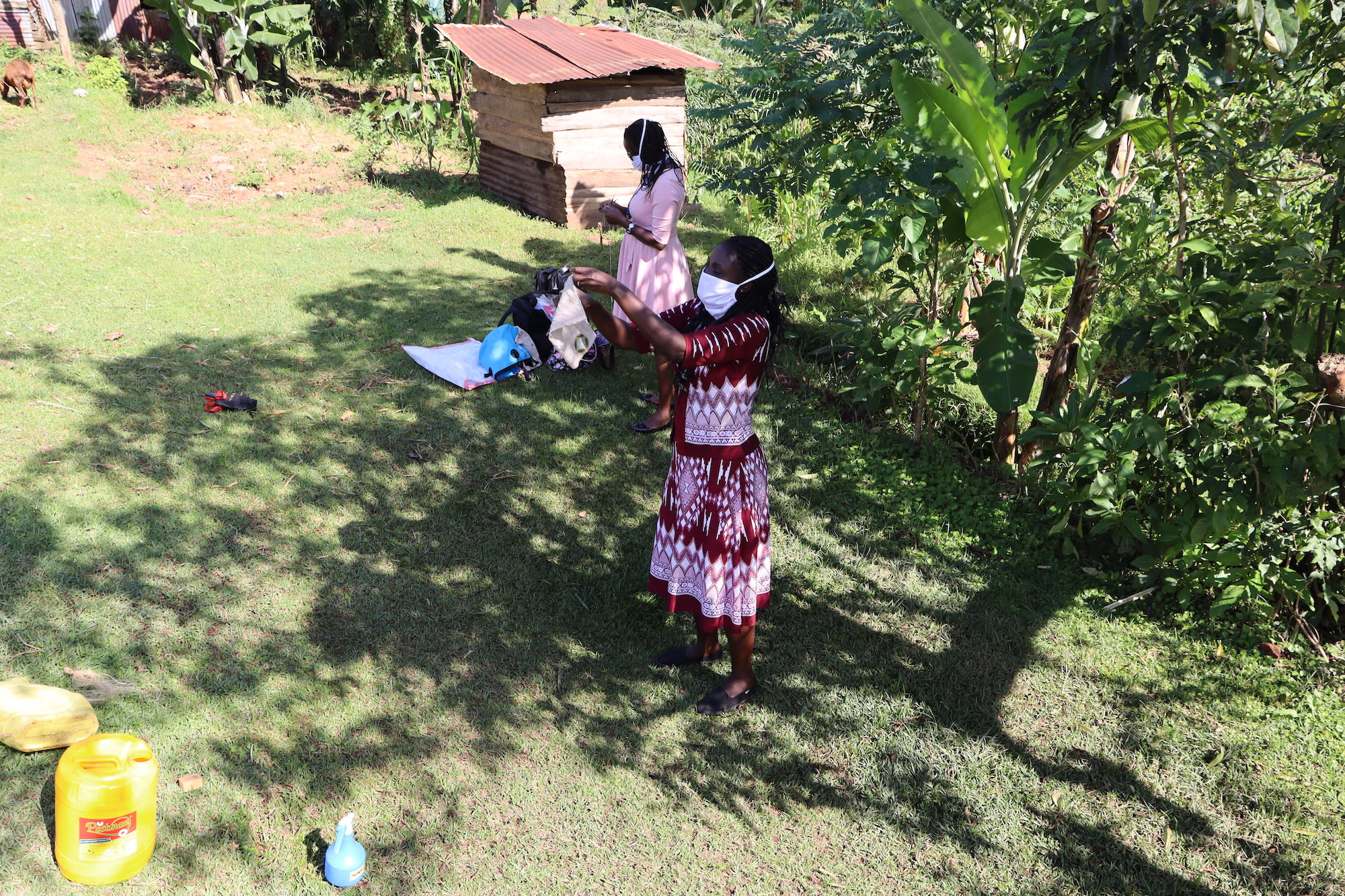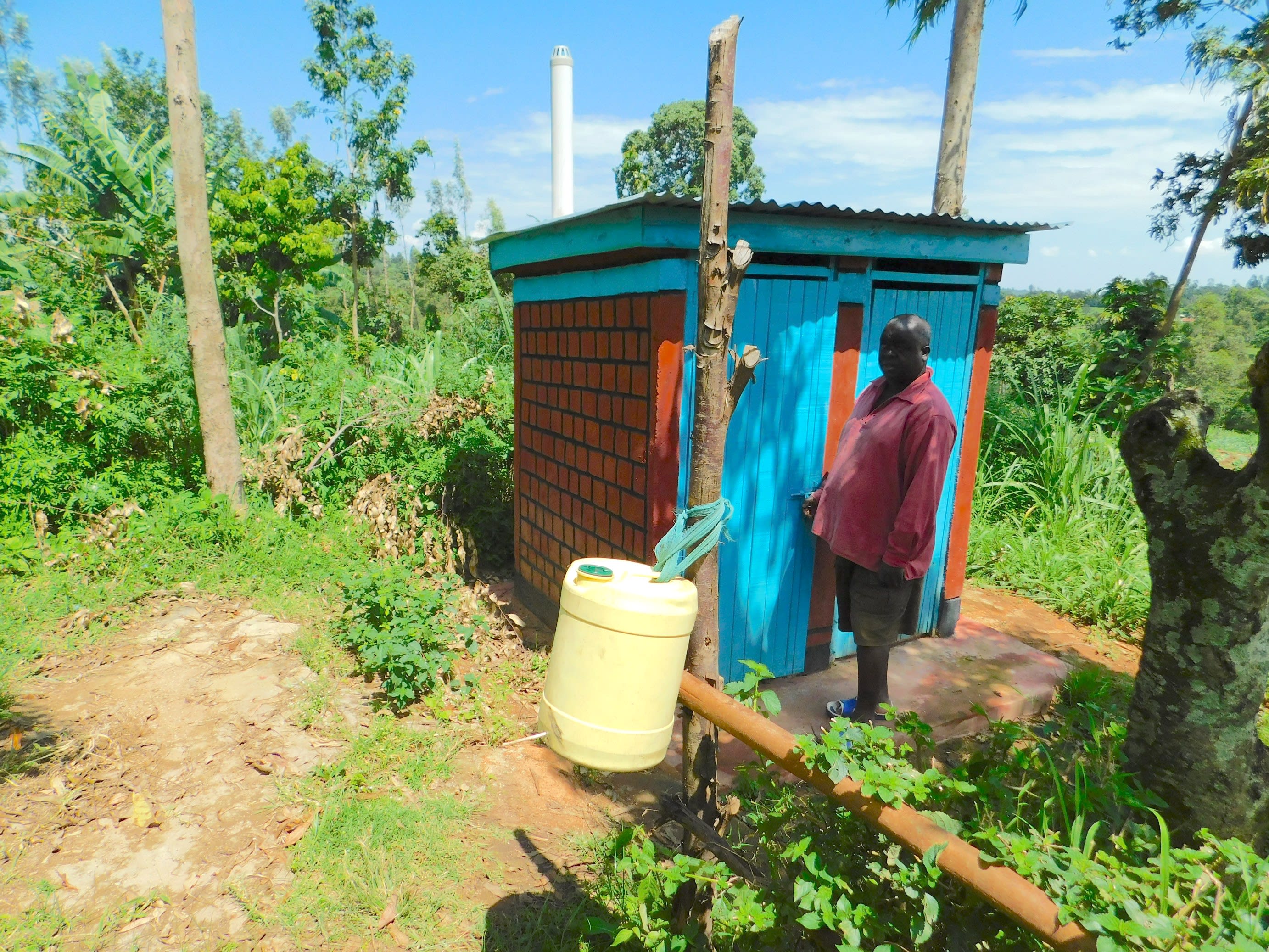In the village of Koloch there are 100 people who live and work and do family life together. They have small-scale tea plantations, small banana farms and also grow vegetables and cereals of all kinds which are dried and stored for future use or taken to nearby markets to be sold so as to get money to buy other items which cannot be produced from the farms.
Water
During our visit to a school called Kosiage Primary School, one of the teachers invited us to visit Solomon Pendi Spring and give any advice as to how to turn it into a safe and reliable clean water source. It is the only source of water for this village. On arrival, the spring was found to be totally open to all kinds of contamination from nearby farms, homes, and latrines. Villagers even wash their hands in it and then scoop up water into pitchers to take home for cooking, washing, and drinking.
This community is constantly weak to waterborne diseases like cholera and typhoid.
Sanitation
Most people in Koloch use latrines, but some of these are almost full and give off a bad odor. All are crudely built and are often unsafe to use because of rotting wooden floors. But we see a good effort here: Many families in this village use dish-drying racks and clotheslines. Some even have improvised tippy-taps (handwashing stations) near their latrines!
Here's what we're going to do about it:
Training
Community members will attend hygiene and sanitation training for at least two days. This training will ensure participants have the knowledge they need about healthy practices and their importance. The facilitator plans to use PHAST (Participatory Hygiene and Sanitation Transformation), CLTS (Community-Led Total Sanitation), ABCD (Asset-Based Community Development), group discussions, handouts, and demonstrations at the spring. One of the most important topics we plan to cover is the handling, storage, and treatment of water. Having a clean water source will be extremely helpful, but it is useless if water gets contaminated by the time it’s consumed. Handwashing will also be a big topic.
Training will also result in the formation of a committee that will oversee operations and maintenance at the spring. They will enforce proper behavior around the spring and delegate tasks that will help preserve the site, such as building a fence and digging proper drainage. The fence will keep out destructive animals, and the drainage will keep the area’s mosquito population at a minimum.
Sanitation Platforms
On the final day of training, participants will select five families that should benefit from new latrine floors.
Training will also inform the community and selected families on what they need to contribute to make this project a success. They must mobilize locally available materials, such as bricks, clean sand, hardcore, and ballast. The five families chosen for sanitation platforms must prepare by sinking a pit for the sanitation platforms to be placed over. All community members must work together to make sure that accommodations and food are always provided for the work teams.
Spring Protection
Protecting the spring will ensure that the water is safe, adequate and secure. Construction will keep surface runoff and other contaminants out of the water. With the community’s high involvement in the process, there should be a good sense of responsibility and ownership for the new clean water source.
Fetching water is predominantly a female role, done by both women and young girls. Protecting the spring and offering training and support will, therefore, help empower the female members of the community by giving them more time and efforts to engage and invest in income-generating activities.

 Protected Spring
Protected Spring
 Rehabilitation Project
Rehabilitation Project










